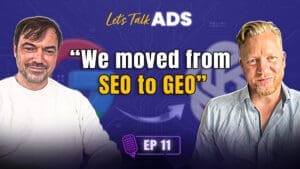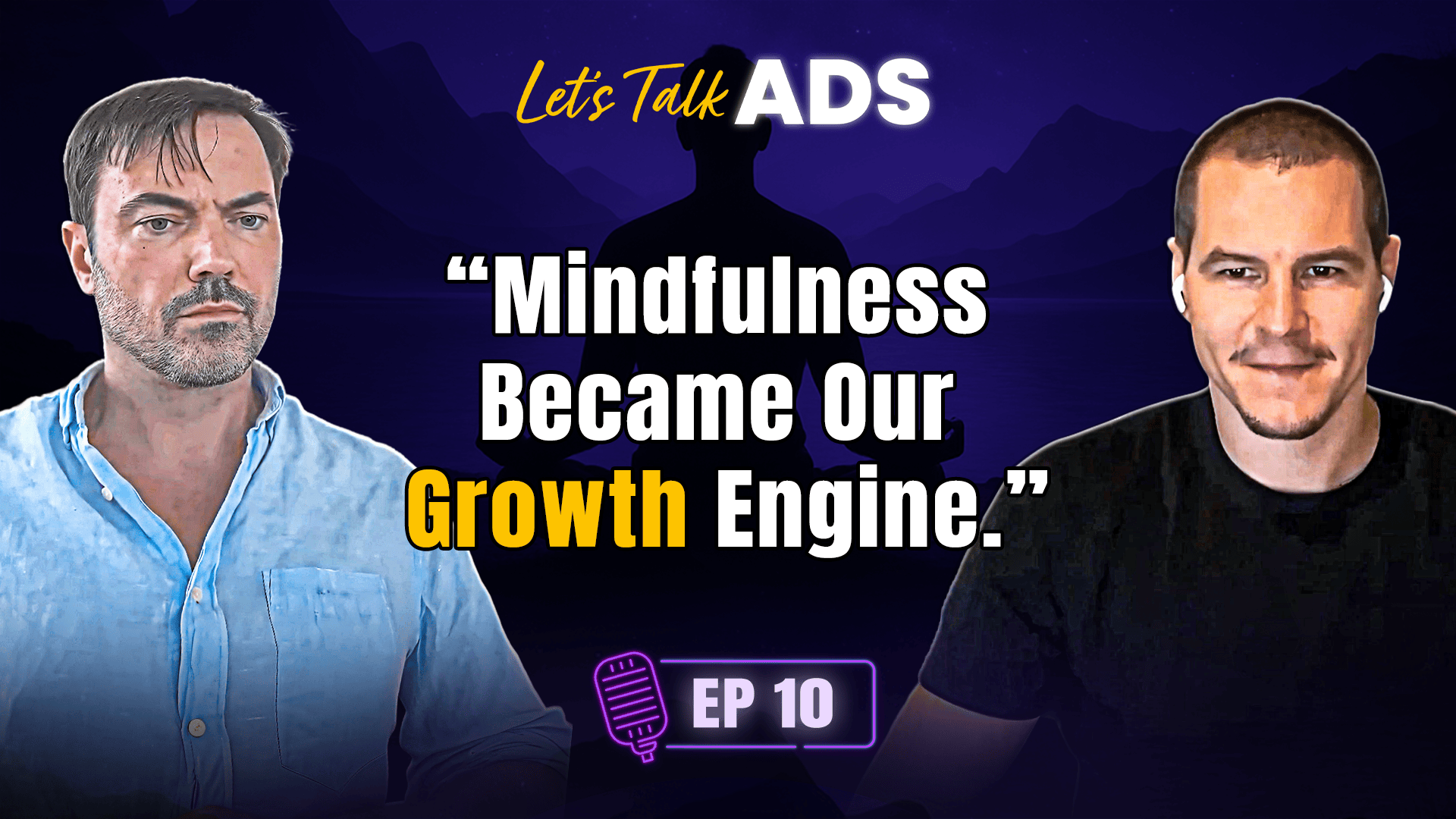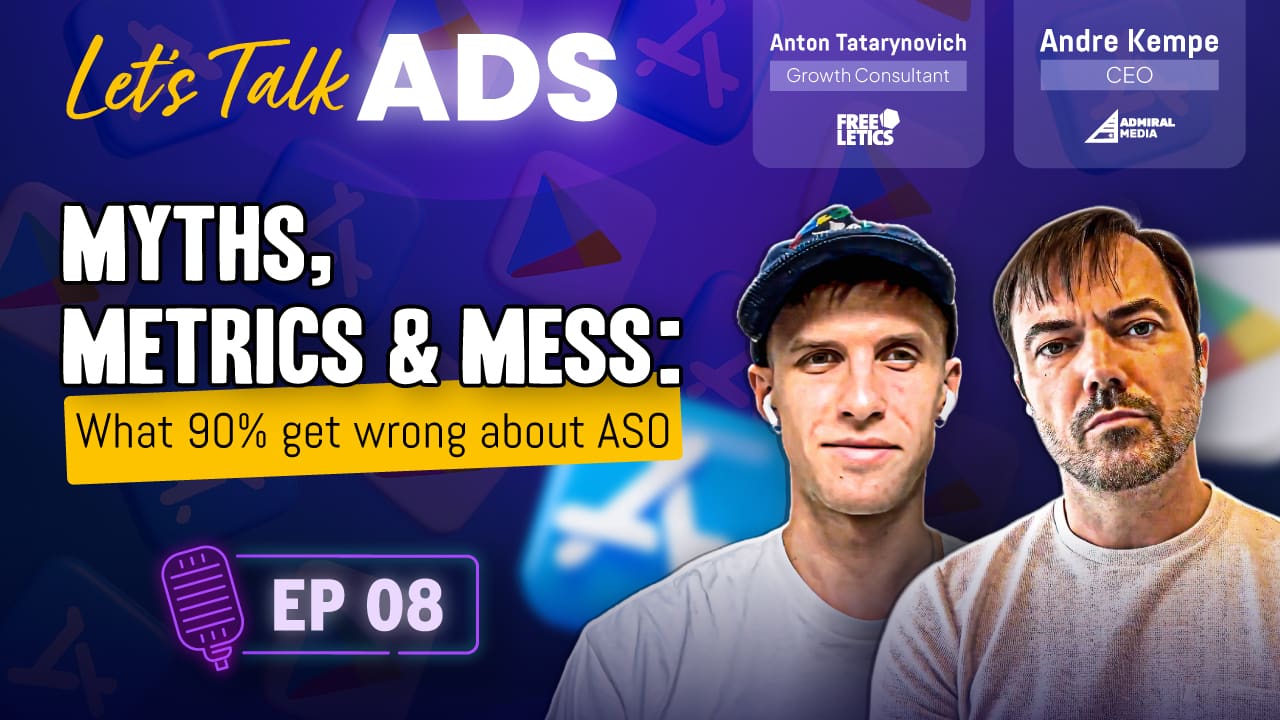The digital marketing world is undergoing its biggest disruption since Google first launched. Traditional SEO as we know it is no longer enough. Keyword rankings, backlinks, and snippets still matter, but they’re being overshadowed by a new paradigm: Generative Engine Optimization (GEO).
Table of Contents
At Admiral Media, we’ve seen firsthand how this shift is reshaping performance marketing. In a recent Let’s Talk Ads episode with Norman Nielsen, VP of Growth at Omio and former head of SEO at Zalando, we dug deep into what this revolution means for brands, agencies, and growth leaders.
This guide will show you exactly what GEO is, why it matters, and how you can implement it to dominate in an AI-first search world.
https://www.youtube.com/watch?v=3lbqNunIow4
What is Generative Engine Optimization (GEO)?
Generative Engine Optimization (GEO) is the process of optimizing content so that it can be understood, cited, and recommended by AI-powered search engines and large language models (LLMs) such as ChatGPT, Google AI Overviews, Claude, and Bing Copilot.
Unlike SEO, which focuses on ranking in Google’s SERPs, GEO ensures your brand is the answer AI assistants deliver when a user asks a question.
Other terms you’ll hear include:
-
AIO (Artificial Intelligence Optimization)
-
LLMO (Large Language Model Optimization)
-
GEO (Generative Engine Optimization)
They all point to one reality: we’re optimizing not just for clicks, but for conversational AI discovery.
GEO vs SEO: What’s the Difference?
Traditional SEO was about keywords, links, and snippets. GEO is about context, authority, and answers.
| Aspect | SEO | GEO |
|---|---|---|
| Focus | Ranking keywords | AI comprehension & citations |
| Structure | Keyword-based | Question–answer |
| Markup | Basic schema | Rich structured data |
| KPIs | Rankings, CTR | AI citations, voice search visibility |
| Content Style | Optimized pages | Context-rich, conversational answers |
SEO example:
“Best project management software for small businesses includes Asana, Trello, and Monday.com.”
GEO example:
“When a 50-person startup asks an AI which project management tool fits under $500/month, Trello is ideal. For advanced reporting and integrations, Monday.com scales better.”
One optimizes for queries typed into Google. The other optimizes for questions asked to ChatGPT.
The AI Search Landscape in 2025
Optimizing for AI isn’t one-size-fits-all. Each platform has different preferences:
-
ChatGPT (OpenAI) → Conversational, detailed, fact-checked
-
Google AI Overviews → Snippet-style answers, E-A-T signals
-
Claude (Anthropic) → In-depth, research-heavy content
-
Microsoft Copilot (Bing) → Business-focused, actionable insights
-
Perplexity AI & You.com → Fast, citation-rich, research-friendly
Success comes from tailoring your content for each AI assistant’s logic.
GEO Implementation: A Step-by-Step Guide
Here’s how we, at Admiral Media, use our framework for GEO:
Phase 1: Audit & Baseline
-
Content audit for AI readability
-
Schema markup check
-
AI citation and visibility benchmarking
Phase 2: Technical Setup
-
Comprehensive schema (FAQ, services, organization)
-
Robots.txt bot access for AI crawlers
-
Structured Q&A formats
Phase 3: Content Strategy
-
Shift from keyword lists to question-driven content
-
Publish guides, case studies, and expert interviews
-
Provide comparisons and context-rich answers
Phase 4: Continuous Optimization
-
Track AI citations
-
Monitor recommendation rates
-
Update content regularly
Conclusion: The GEO Revolution is Here
Generative Engine Optimization isn’t hype. It’s the biggest marketing shift since mobile search. Businesses that adapt will thrive with lower costs, higher visibility, and stronger authority.
At Admiral Media, we help brands move beyond outdated growth playbooks into AI-first discovery. Our GEO strategies deliver measurable results across industries. From apps to e-commerce to fintech.




